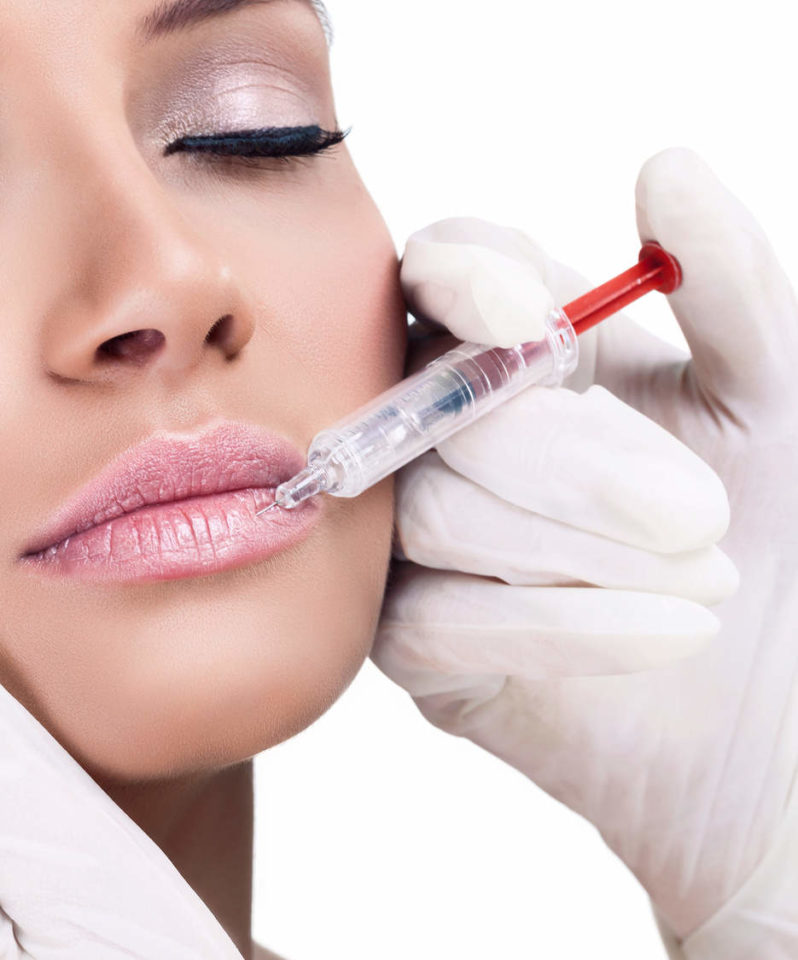description of the procedure
Hyaluronic acid (the most frequently used filler) is the main component of the dermal matrix. Its content in our skin decreases with age. Every decade our skin loses as much as 6% of its hyaluronic acid. This leads to the occurrence of wrinkles and furrows. The skin loses its firmness and elasticity. Resupply of this natural substance means a return to a younger and firmer look. Hyaluronic acid has been used for many years with great success in various fields of medicine, including orthopaedics, ophthalmology. It has been applied in aesthetic medicine for over 20 years. This confirms its high efficacy and safety. Depending on the treatment, we select an acid of appropriate density and crosslinking degree. The preparations containing hyaluronic acid undergo gradual degradation and, eventually, complete absorption. Due to the fact that hyaluronic acid not only fills the lost volume but also stimulates natural regenerative processes, even after complete degradation the skin looks better than before the procedure. The effects persist for 9-24 months. The procedure may be performed after applying anaesthetic cream to the injection site. Anaesthesia can also be applied using a very fine needle. In most cases anaesthesia is not required.
Hyaluronic acid
- plays an important structural function,
- fills and moisturises the skin,
- retains and binds water (it binds 1,000 times more water particles than its own molecular weight).


